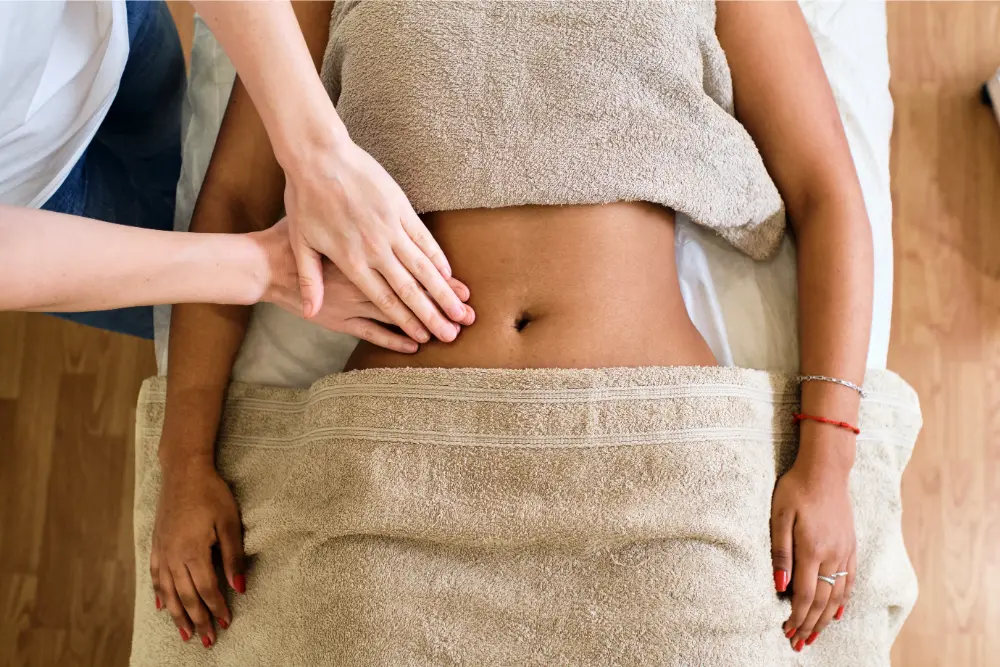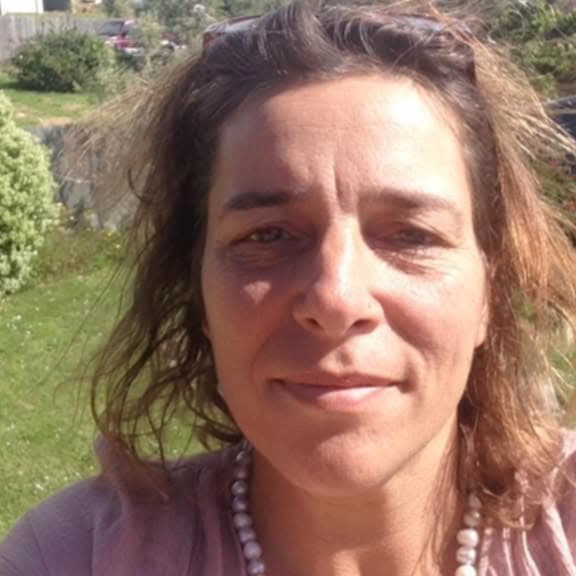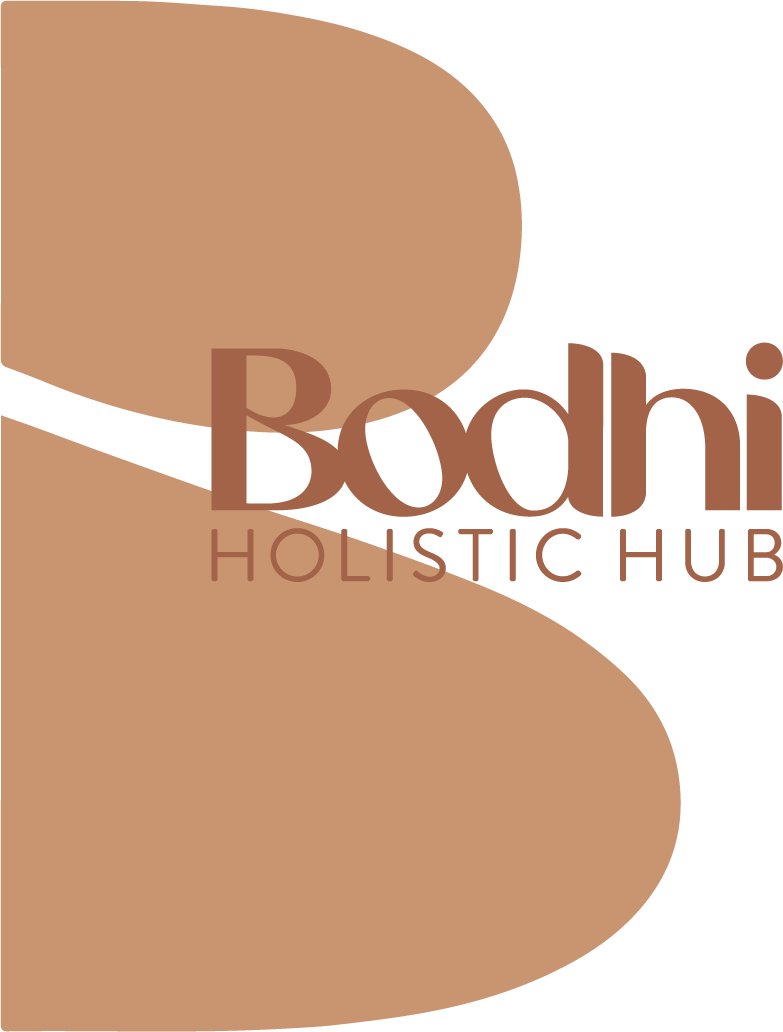
Natural Medicine
- Ayurveda
- Holistic Nutrition
- Naturopathy
- Traditional Chinese Medicine (TCM)
- Acupuncture
- Cupping Therapy
- Iridology
- Fasting and Detox Coaching
- Marma Therapy
- Flower Essence Therapy
- Reflexology
- Spinal Flow Technique
- Lymphatic Drainage
- Physiotherapy
- Chiropractic
- Bowen Therapy
- HTMA (Hair Tissue Mineral Analysis)
- Craniosacral Therapy
- Herbal Medicine
- Zenthai Shiatsu
- Aromatherapy
Lymphatic Drainage

Lymphatic drainage massage (LDM) is a therapeutic technique designed to stimulate the lymphatic system, which plays a crucial role in maintaining the body's immune system and fluid balance. This therapy aims to promote the proper flow of lymph to remove toxins by enhancing lymphatic circulation to support the immune system, reduce swelling, and enhance overall health. Common issues such as congestion, sinus pressure, and allergies can be addressed with a lymphatic drainage massage and it can be done by a therapist, or by yourself at the convenience of your home.
But before we get into the details of how the massage works, let us try to have a deeper understanding of the terms.
- The lymphatic system: A vital part of our body's immune system. It consists of a network of vessels, organs, and lymph nodes that work together to help protect the body from infections and diseases. The primary function of the lymphatic system is to transport a fluid called lymph throughout the body and filter it to remove harmful substances.
- Lymph: A clear, colourless fluid that closely resembles the plasma found in our blood. It is formed from the fluid that surrounds our body's cells, known as interstitial fluid. As blood circulates through our capillaries, some of the fluid and various substances, such as nutrients and oxygen, are released to the cells, while waste products and other substances are taken up from the cells into the bloodstream. The excess fluid, along with any foreign particles or pathogens, is then collected by tiny lymphatic vessels present in most tissues.
- Lymphatic vessels: They are a network of thin tubes that carry lymph, and collect excess fluid, waste products, and pathogens from the tissues and transport them to the lymph nodes for filtration. These vessels play a crucial role in maintaining the body's fluid balance and immune system function. They also merge to form larger vessels, much like how tributaries merge to form rivers. Eventually, the lymphatic vessels converge into two major ducts: the thoracic duct, which drains lymph from the lower body, left arm, left side of the head, and neck and the right lymphatic duct. The right lymphatic duct drains lymph from the right arm and the right side of the head and neck.
- Lymph nodes: Along the lymphatic vessels, there are small, bean-shaped structures called lymph nodes. Lymph nodes act as filters and are responsible for trapping and destroying any harmful substances, such as bacteria, viruses, or cancer cells, present in the lymph. Inside the lymph nodes, specialised immune cells, such as lymphocytes, help identify and attack these harmful substances, which helps prevent them from spreading further in the body.
In addition to lymph nodes, the lymphatic system also includes other organs, such as the spleen, thymus, and tonsils. The spleen filters the blood and helps remove old or damaged red blood cells, while the thymus gland plays a crucial role in the development and maturation of certain immune cells. The tonsils, located at the back of the throat, help trap and destroy pathogens that enter the body through the mouth or nose.
The lymphatic system plays a vital role in maintaining the body's immune function by helping to remove waste, toxins, and foreign substances, as well as by producing immune cells that defend against infections. It acts as a drainage system, ensuring that the body's tissues remain healthy and free from harmful invaders.
The Benefits of Lymphatic Drainage Massage
Lymphatic drainage massage primarily provides comfort and alleviates pain. But there are far more benefits that this modality can provide and some of the conditions that it can address are detailed below:
- Reduced Oedema and Swelling: Lymphatic drainage massage can effectively alleviate swelling caused by conditions such as lymphoedema, post-surgical swelling, and inflammatory disorders. Lymphoedema is a condition characterised by swelling in certain parts of the body due to the accumulation of lymphatic fluid, which can result in persistent swelling and heaviness in the affected limb or body part, reduced flexibility and mobility, discomfort or pain, recurrent infections, and potential skin changes such as thickening or hardening.
- Enhanced Immune Function: By stimulating lymphatic flow, this massage technique boosts the immune system, helping the body defend against infections and illnesses. It increases the circulation and movement of lymphatic fluid and can help transport immune cells more efficiently, allowing them to reach areas of the body where they are needed to fight off infections and diseases.
- Detoxification: Lymphatic drainage massage facilitates the removal of toxins and metabolic waste from tissues, promoting detoxification, and improving cellular health.
- Improved Skin Health: This massage technique can enhance the appearance of the skin by promoting circulation, reducing puffiness, and improving overall skin tone and texture.
- Relaxation and Stress Reduction: Lymphatic drainage massage induces a state of deep relaxation, reduces stress levels, and promotes a sense of well-being. The slow and rhythmic nature of lymphatic massage stimulates the parasympathetic nervous system, which is responsible for the body's rest and relaxation response. It also helps the release of endorphins, which are natural pain-relieving and mood-enhancing substances produced by the body.
- Post-surgery recovery: The modality aids in reducing inflammation for people recovering from a medical procedure as it promotes healing and prevents complications like scar tissue formation.
- Chronic fatigue syndrome: This condition has been associated with impaired lymphatic function. To alleviate symptoms, lymphatic drainage massage can help in boosting a person’s lymphatic function by reducing toxins and metabolic waste products, which can ultimately improve their overall well-being.
Techniques Used in Lymphatic Drainage Massage
Manual Lymphatic Drainage (MLD): MLD involves gentle, rhythmic motions performed with light pressure to stimulate lymphatic flow. Therapists use specific hand movements, such as circular or pumping motions, to encourage lymph movement towards the lymph nodes.
- Dry Brushing: Dry brushing involves gently brushing the skin with a natural bristle brush to stimulate lymphatic circulation. This technique is typically performed before bathing or showering.
- Compression Garments: Compression garments, such as sleeves or stockings, apply gentle pressure to the limbs, aiding in lymphatic fluid movement and reducing swelling.
Preparing for a Lymphatic Drainage Massage
When seeking a Lymphatic Drainage Massage, you should hydrate yourself adequately before the session to facilitate lymphatic flow and toxin elimination. You must also wear comfortable clothing that allows easy access to the areas to be massaged. Communicate any pre-existing medical conditions or concerns to your massage therapist.
What to expect in a Lymphatic Drainage Massage?
The session will start with gentle warm-up techniques to prepare the body for the massage. Light, rhythmic pressure on the lymph nodes will be applied on the body, starting from the neck and moving towards the limbs. Gentle stretching and sweeping motions will also be facilitated to encourage lymphatic flow. Expect the therapist to repeat the same steps in different portions of the body, and focus on areas with specific concerns, such as post-surgical sites or areas of swelling.
Below is a detailed run-through of what a session would look like:
- Consultation: Before the session begins, you will likely have a consultation with the massage therapist. They will discuss your medical history, any specific concerns or goals you have, and answer any questions you may have. This consultation helps the therapist understand your needs and tailor the massage accordingly.
- Getting comfortable: The session will take place in a private and calming environment, such as a massage room. You will be provided with a comfortable massage table or chair and may be asked to undress to your level of comfort. The therapist will ensure your privacy and use draping techniques to cover your body, exposing only the areas being worked on.
- Gentle massage techniques: Lymphatic drainage massage involves gentle, rhythmic movements that aim to stimulate the lymphatic system. The therapist will use light pressure and specific hand motions, such as circular or pumping motions, to encourage lymphatic flow. The touch is typically soft and soothing, creating a relaxing experience.
- Focus on lymph nodes: The therapist will pay particular attention to the major lymph nodes in your body, which are typically located in the neck, armpits, groyne, and behind the knees. These areas will receive specific techniques to stimulate lymphatic circulation and encourage the removal of toxins and waste products.
- Full-body approach: Depending on your needs, the massage can be focused on specific areas or performed as a full-body treatment. If you have localised swelling or specific concerns, the therapist may concentrate on those areas. Alternatively, they may perform a comprehensive session that covers the entire body, following the flow of the lymphatic system.
- Relaxation: Lymphatic drainage massage is known for its relaxing and soothing effects. During the session, you can expect to experience a deep sense of relaxation as the gentle techniques and rhythmic motions promote a state of calmness. Many individuals find the massage to be deeply rejuvenating and stress-relieving.
- Aftercare: After the session, the therapist may provide you with some aftercare recommendations. These may include drinking plenty of water to aid in toxin elimination, avoiding vigorous physical activity immediately following the massage, and incorporating self-care practices to maintain the benefits of the massage.
How often should I receive lymphatic drainage massages?
The frequency of lymphatic drainage massages can vary depending on your specific needs and goals. It is best to consult with a qualified massage therapist who can assess your individual situation and provide personalised recommendations. However, here are some general guidelines:
- Post-Surgical Recovery: If you are undergoing surgery or have recently had surgery, your healthcare provider may recommend a series of lymphatic drainage massages as part of your post-operative care. In these cases, the frequency and duration of the massages will be determined by your surgeon or healthcare team.
- Lymphoedema Management: For individuals with lymphoedema, regular lymphatic drainage massages may be a crucial part of their management plan. In such cases, the frequency of massages may range from several times a week to once every few weeks, depending on the severity of the condition and individual needs. Your lymphoedema therapist or healthcare provider will guide you in determining the appropriate frequency.
- General Wellness and Maintenance: If you are seeking lymphatic drainage massages for general wellness, detoxification, or relaxation purposes, the frequency can vary. Some individuals may benefit from receiving a session once a week or every two weeks, while others may find monthly sessions sufficient. It ultimately depends on your personal preferences, lifestyle, and budget.
Are there any contraindications or side effects of lymphatic drainage massage?
Lymphatic drainage massage is generally safe and well-tolerated. However, there are some precautions and potential side effects to be aware of. It's crucial to consult with a qualified massage therapist before undergoing lymphatic drainage massage, especially if you have any underlying health conditions. They will be able to assess your individual situation and determine if this therapy is appropriate for you. Here are some contraindications and potential side effects:
Health Precautions:
- Acute Infections: If you have an acute infection, such as a fever, flu, or active cellulitis, it is generally recommended to avoid lymphatic drainage massage until the infection has resolved. Massage can potentially spread the infection or interfere with the body's healing process.
- Deep Vein Thrombosis (DVT): Lymphatic drainage massage is contraindicated for individuals with an active or recently diagnosed DVT. The massage may dislodge blood clots and pose a risk of complications. If you have a history of DVT, consult with your healthcare provider before considering lymphatic drainage massage.
- Active Cancer or Cancer Treatment: Lymphatic drainage massage may not be suitable for individuals with active cancer or undergoing cancer treatment, such as chemotherapy or radiation therapy. It is important to discuss this with your oncologist or healthcare provider to determine if the massage is appropriate in your specific case.
- Open Wounds or Skin Infections: If you have open wounds, skin infections, or compromised skin integrity in the areas to be massaged, it is advisable to postpone the lymphatic drainage massage until the skin has fully healed. Massaging over these areas can exacerbate the condition or delay healing.
Potential Side Effects:
- Increased Urination: Lymphatic drainage massage stimulates the lymphatic system and can lead to increased fluid elimination through urine. It is normal to experience increased urination after a session as the body eliminates waste and excess fluid.
- Fatigue or Lethargy: Some individuals may experience temporary fatigue or lethargy after a lymphatic drainage massage. This is often a result of the body's relaxation response and the release of toxins. It is recommended to rest and allow your body to recover.
- Increased Thirst: Due to the increased fluid elimination, you may feel thirstier than usual after a session. It is important to hydrate adequately to support the body's detoxification process.
- Temporary Increase in Swelling: In rare cases, some individuals may experience a temporary increase in swelling immediately after a lymphatic drainage massage. This is usually a transient response and should subside within a day or two. If you have concerns, consult with your therapist.
In conclusion, lymphatic drainage massage is a valuable therapeutic technique that offers numerous benefits for overall health and well-being. It helps facilitate lymphatic circulation, reducing swelling, which significantly supports the immune system, and it can help individuals achieve optimal health. Whether you are seeking relaxation, detoxification, or specific health benefits, consider exploring the transformative effects of lymphatic drainage massage. Lina Jung is a specialist in Chinese Medicine and Natural Medicine, and has a wide range of expertise in Lymphatic Drainage Massage. You can consult with her through Bodhi Holistic Hub to learn more about the modality and how it can enhance your health.
“Take care of your body, it’s the only place you have to live.”
– Jim Rohn
Discover our vetted practitioners







